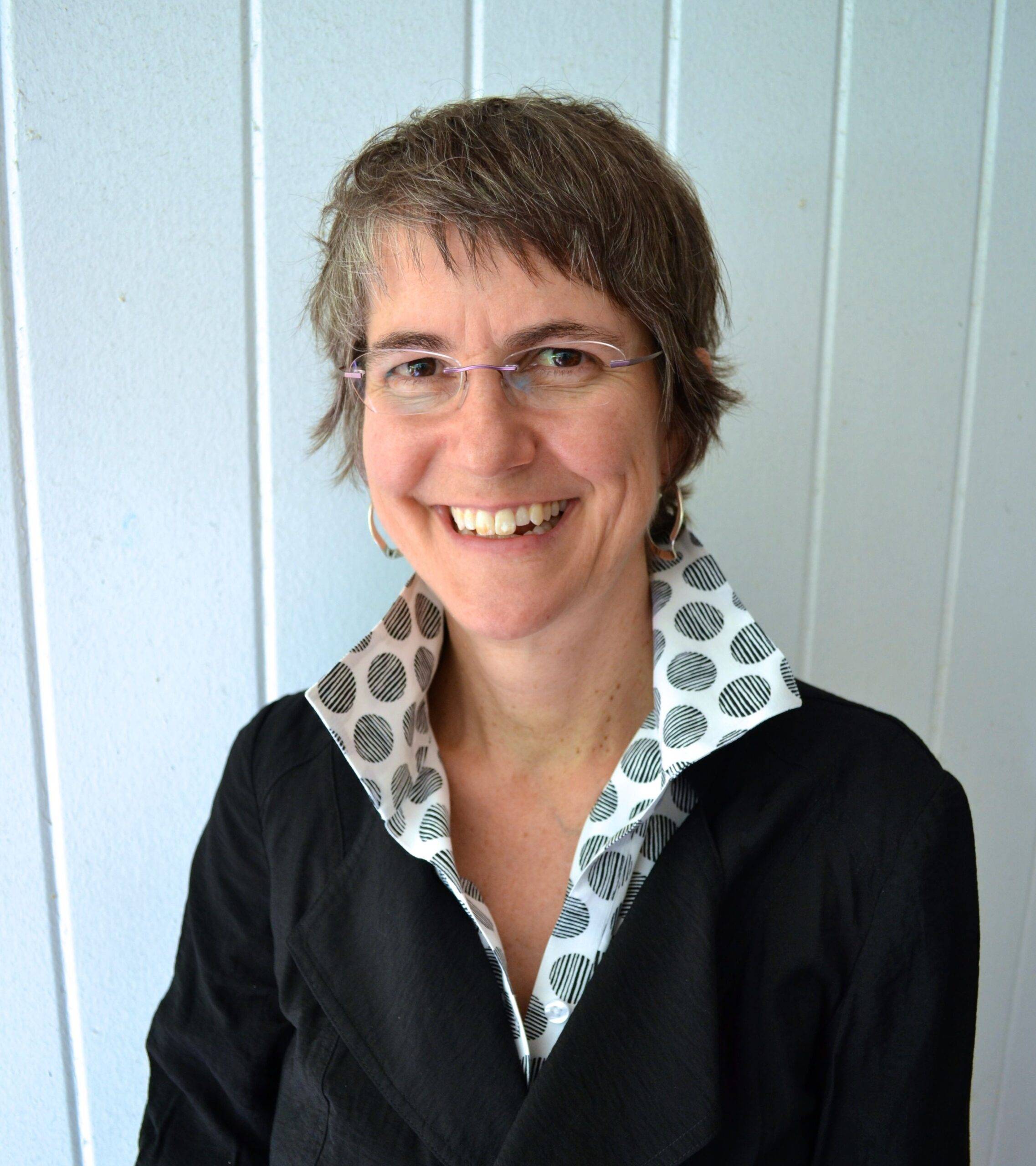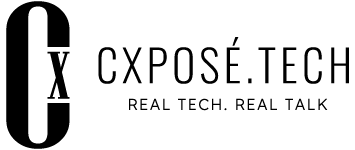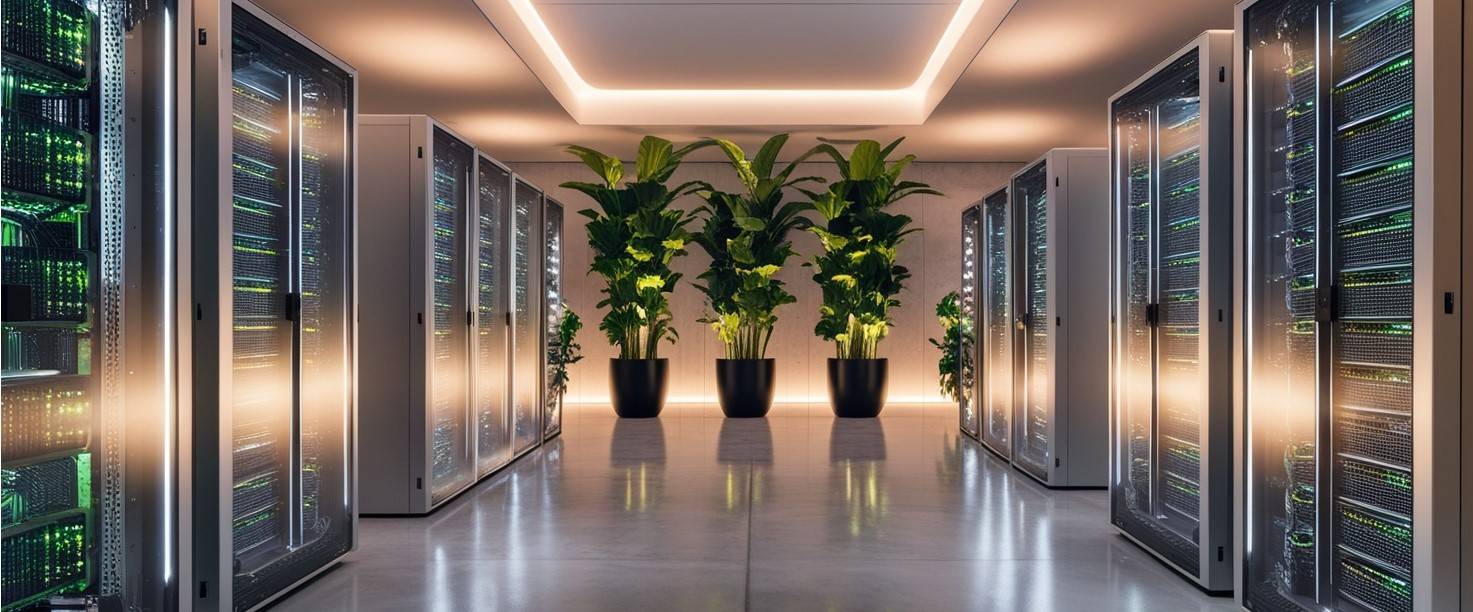The Carbon Disclosure Project reveals that a company’s supply chain on average contains 11.4 times the emissions of its operations, which led Polly Mitchell-Guthrie to state a hard-hitting fact, “If we don’t address supply chains we are ignoring the majority of carbon emissions.”
In some industries the supply chain is as much as 95% of a company’s emissions and the VP of Industry Outreach and Thought Leadership at Kinaxis said, “The impressive corporate commitments so many companies have made will not make a dent unless they make their supply chain a key part of the solution.”
For reference, Polly defined Scope 1 as emissions from a company’s own operations. Energy production to power those operations is Scope 2, while Scope 3 emissions are those produced by a company’s supply chain.
Top of Mind Missions
Yes, carbon emissions is the main highlight of any topic about sustainability, as there is massive focus by governments around the world to focus on Scope 3 reductions. But, sustainability is not just about reducing carbon emissions to save the ozone layer. Gas like methane and sulfur hexafluoride (SF6) used in the electric power industry, also have significant global warming effect. The SF 6 gas can cause as much as 23,500 times warming as carbon dioxide.
In the same vein, Polly pointed out how our seas are becoming saturated with micro plastics. “So, there is greater attention on measuring plastic usage, not to mention water scarcity is a major problem with reducing water consumption already a hot topic!
“Reducing water usage is a top priority in certain industries like consumer goods which have a significant plastic footprint in packaging.”

Polly Mitchell-Guthrie
VP of Industry Outreach and Thought Leadership, Kinaxis
Our intentions could always be noble but how do we turn this into action that is actually sustainable? Polly pointed out three aspects to take note of, namely customer pressure, research & development, and operationalizing sustainability. “These should be the core areas for organizations looking to create more sustainable business practices,” Polly said. She explained these three core areas as below:
Accountability and Action
According to Polly, companies must be accountable for footprint beyond their own direct operations by monitoring their supply chain, to see which creates the most significant carbon footprint for their products. “Customers will be able to buy products with a lighter footprint, which an increasingly large consumer base wants to do, so that will be one benefit of this transformation,” she explained.
“There is a growing body of research, from organizations like Gartner, to show that sustainable supply chains are also more resilient.”
By definition, sustainable supply chains have these characteristics:
– use less primary materials,
– use renewable forms of energy,
– have fewer single points of failure.
As tech companies look at new solutions, they are also looking at new business models like the circular supply chain, with an increase in re-use rather than just recycling, creating products that can be easily and cheaply repaired, products-as-a-service, (which are) all examples of business models that will benefit end users.
“The EU Corporate Sustainability Reporting Directive (CSRD), due to come into force in 2026 is a model that can be adopted across the world. CSRD was due to come into force in 2024, however, it was recently postponed as too many companies were ill-prepared.”
On the topic of greenwashing, Polly finds herself to be an optimist. “I believe the deliberate greenwashing is pretty much consigned to history. No one wakes up wanting to harm the earth. But just as market pressures have led to bad behaviors, demand for change will also create new market opportunities, and as more solutions are developed for difficult tasks like carbon accounting, adoption will increase.”

The Risk of Tunnel Vision
There is a risk of companies believing that they are more sustainable than they are in reality, thanks to ignorance, poor internal processes, and not prioritizing sustainability. “This is especially true if they account for only their Scope 1 and Scope 2 emissions and ignore Scope 3,” Polly warned.
She believes that in the same way that financial reporting is heavily regulated and audited, sustainability must follow a similar route.
“The EU Corporate Sustainability Reporting Directive (CSRD), due to come into force in 2026 is a model that can be adopted across the world. CSRD was due to come into force in 2024, however, it was recently postponed as too many companies were ill-prepared.”
With the view that current climate change skepticism is part of normal change management, Polly believes that the industry has created awareness to the point that almost all scientists and a majority of people worldwide agree on, and are aware of the issues.
“We are currently in the phase of creating the desire to change; for many people, the desire to cling onto the status quo is still greater than their desire to change, which in turn is driving skepticism.
“To overcome this we need to focus on knowledge and educating people, and not on trying to convince them they are wrong.”
One way to do this for example is showing the value of new models like the case with electric vehicles; these are being widely adopted not solely because they are more sustainable, but because they are actually better than internal combustion engines.
“As people learn of the functional benefits of more sustainable products, adoption will grow. We are already seeing that action in the Nordics and Switzerland which are resulting in improvements in standard of living for their populations.”
As with any change management process, it can only be successful if the end of journey is better than the start. In short, customers must be able to feel the tangible benefits of their actions for sustainability.









